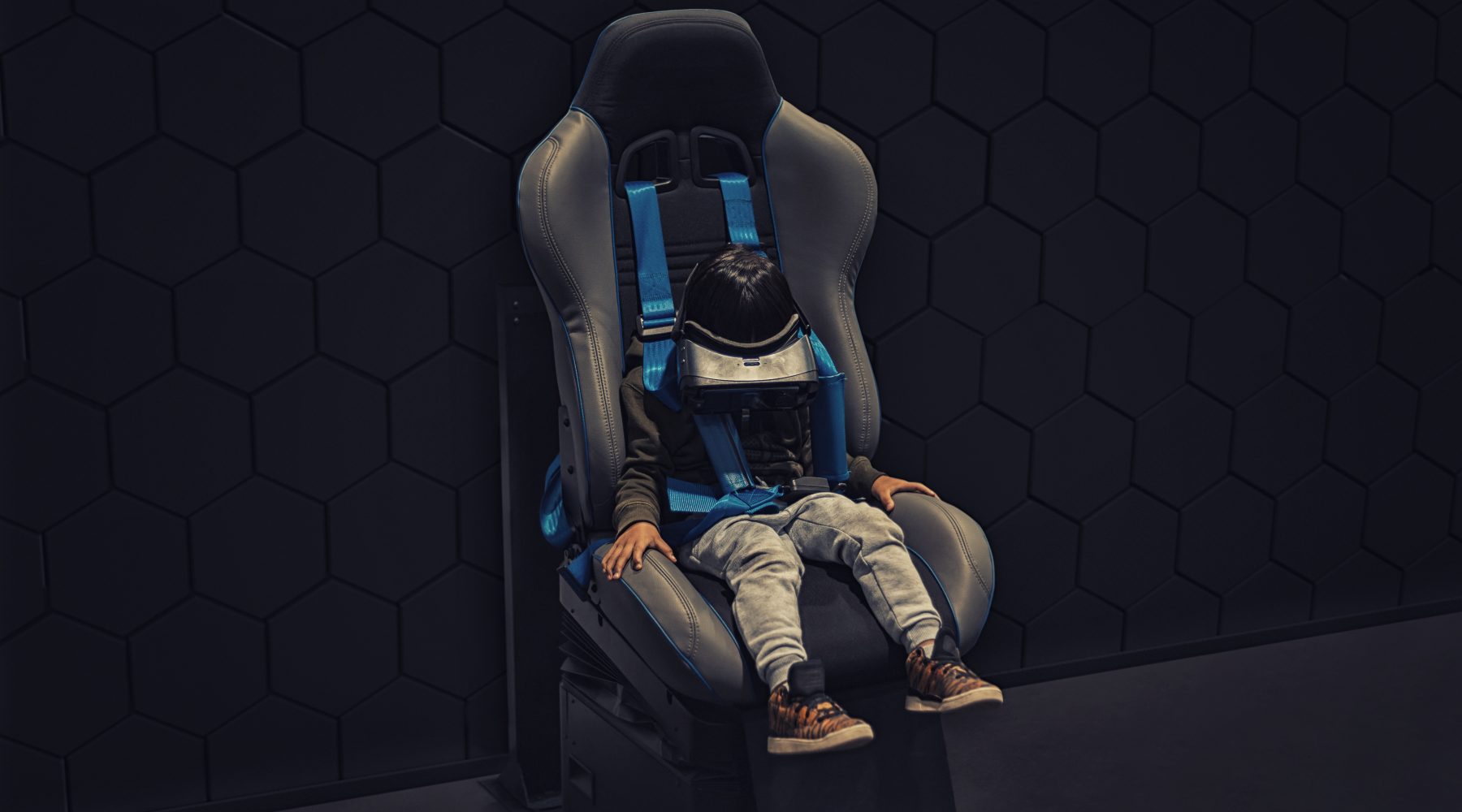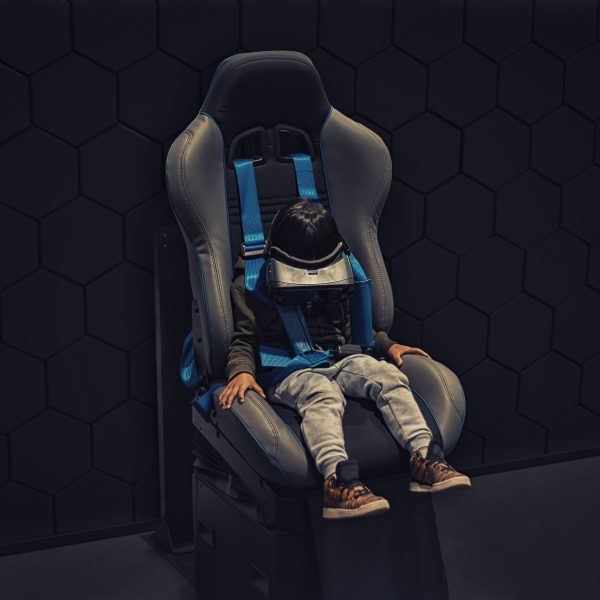Scientists develop sensor to stop children being left in vehicles

A small, inexpensive sensor developed by researchers at the University of Waterloo (UoW) could reduce the risk of children being left behind in vehicles by triggering an alarm when children are left alone.
The new device combines radar technology with artificial intelligence (AI) to detect unattended children with 100 per cent accuracy, and will be of interest to those in the early childhood education and care (ECEC) sector, in light of a number of incidents and regulatory breaches resulting from lack of attention in this area.
In November 2018, The Sector reported on a disturbing trend in Western Australia, noting two incidences where children accessing before and after school care services were left behind on buses.
On one of those occasions, a seven year old child was not dropped off at school, and was subsequently found at the property of the bus driver who had returned the vehicle to their home. In the second instance, a four year old child was left on a bus which was taking children from school to after school care, and was subsequently found in the bus depot.
The UoW device is small enough to fit in the palm of a hand at three centimetres in diameter, and is designed to be attached to a vehicle’s rear-view mirror or mounted on the ceiling.
It sends out radar signals that are reflected back by people, animals and objects in the vehicle. Built-in AI then analyses the reflected signals. Analysis by the device determines the number of occupants and their locations in a vehicle, and its primary purpose is to detect when a child has been accidentally or deliberately left behind, a scenario that can result in serious harm or death in extremely hot or cold weather.
In the event that a child is left unattended, the system prevents vehicle doors from locking and sounds an alarm to alert the driver, passengers and other people in the area that there is a problem.
“Unlike cameras, this device preserves privacy and it doesn’t have any blind spots because radar can penetrate seats, for instance, to determine if there is an infant in a rear-facing car seat,” said Professor George Shaker, a cross-appointed professor of electrical and computer engineering, and mechanical and mechatronics engineering at UoW.
The low-power device, which runs on a vehicle’s battery, distinguishes between living beings and inanimate objects by detecting subtle breathing movements.
Researchers are now exploring the use of that capability to monitor the vital signs of drivers for indications of fatigue, distraction, impairment, illness or other issues.
Dr Shaker supervised graduate students Mostafa Alizadeh and Hajar Abedi on the research and a paper on their project was recently presented at an international conference in Montreal.
For more information, please see here.
Popular

Policy
Practice
Provider
Quality
NSW Government launches sweeping reforms to improve safety and transparency in early learning
2025-06-30 10:02:40
by Fiona Alston

Quality
Provider
Policy
Practice
WA approved provider fined $45,000 over bush excursion incident
2025-07-01 07:00:01
by Fiona Alston

Workforce
Policy
Quality
Practice
Provider
Research
ECEC must change now, our children can’t wait for another inquiry
2025-07-02 07:47:14
by Fiona Alston













